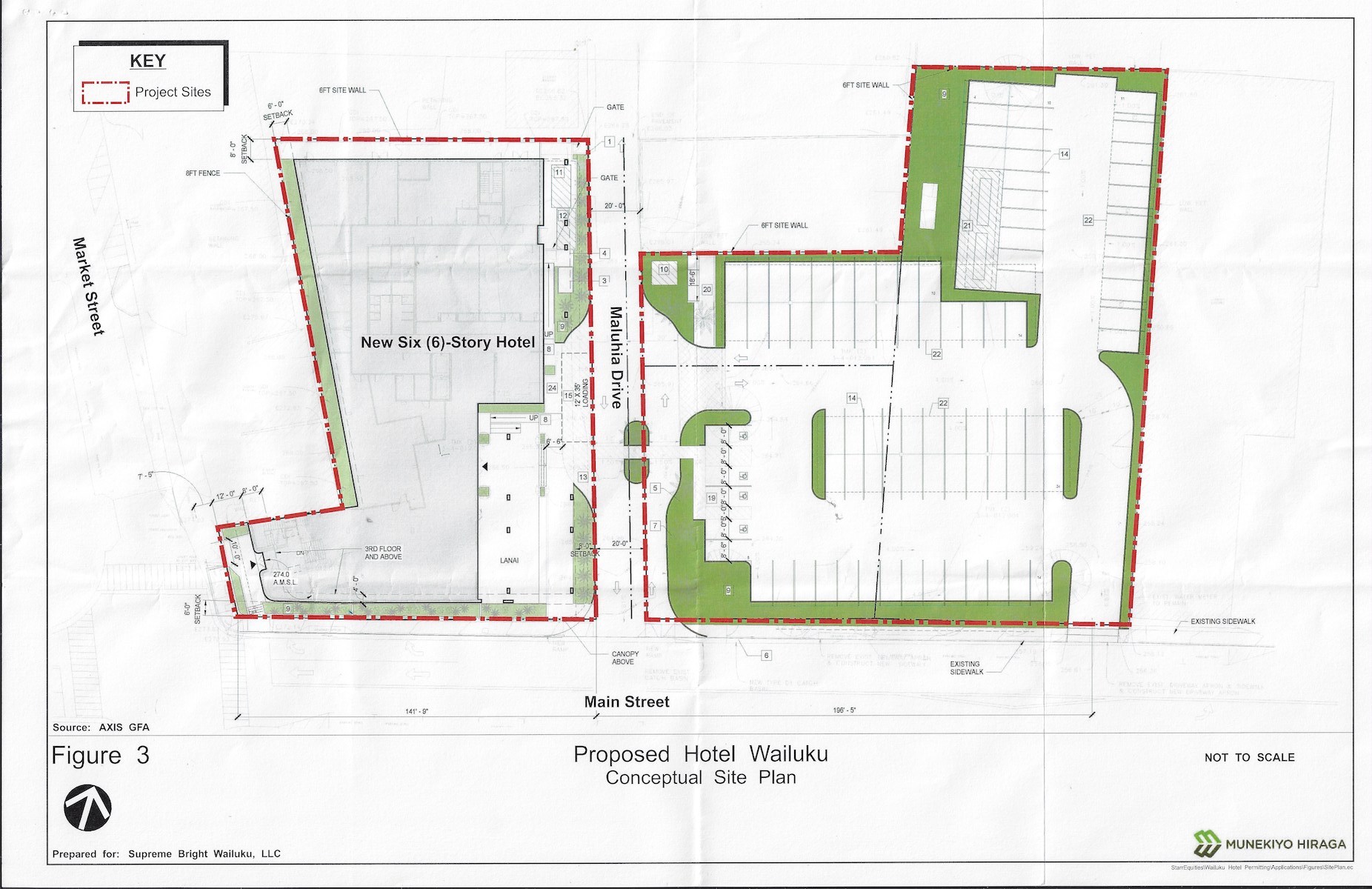Here are the significance criteria to consider when reviewing a proposed development’s Draft Environmental Assessment for adequacy:
An action shall be determined to have a significant effect on the environment if it may:
- Irrevocably commit a natural, cultural, or historic resource;
- Curtail the range of beneficial uses of the environment;
- Conflict with the State’s environmental policies or long-term environmental goals established by law;
- Have a substantial adverse effect on the economic welfare, social welfare, or cultural practices of the community and State;
- Have a substantial adverse effect on public health;
- Involve adverse secondary impacts, such as population changes or effects on public facilities;
- Involve a substantial degradation of environmental quality;
- Be individually limited but cumulatively have substantial adverse effect upon the environment or involves a commitment for larger actions;
- Have a substantial adverse effect on a rare, threatened, or endangered species, or its habitat;
- Have a substantial adverse effect on air or water quality or ambient noise levels;
- Have a substantial adverse effect on or be likely to suffer damage by being located in an environmentally sensitive area such as a flood plain, tsunami zone, sea level rise exposure area, beach, erosion-prone area, geologically hazardous land, estuary, fresh water, or coastal waters;
- Have a substantial adverse effect on scenic vistas and view planes, during day or night, identified in county or state plans or studies; or
- Require substantial energy consumption or emit substantial greenhouse gases.
These criteria are found in the “Guide to the Implementation and Practice of the Hawaii Environmental Policy Act,” pulished by the State of Hawaii Office of Environmental Quality Control. Download the guide here for more information.




